It seemed too good to be true: Snowy being bought by the Commonwealth from state governments in what appeared as a money creation process – the Commonwealth had no apparent increase in debt or other costs, while Victoria and New South Wales got $6 billion for their Snowy shares. The reason behind the acquisition was to simplify the political process whereby the Snowy 2.0 pump storage project is pursued.
The credibility of innovative balance sheet practices aside, what we also now have is a major electricity generator owned by the government operating as a rival to other businesses in a market which is highly competitive. The Minister for Energy is responsible for the government’s energy policy and is also the shareholding minister of the major entity.
How does that role of maximising the value of one entity gel with the ministerial role of ensuring the lowest possible sustainable price for electricity for the nation? Some conflicts of interest issues in electricity supply have arisen in the past with union pressures requiring over-staffed government owned electricity networks and the allegations of government owned Queensland generation entities with market power ratchetting up prices to the benefit of their shareholder (and at the cost of the consumer).
The shareholding Minister of the Snowy, Josh Frydenberg, is of impeccable integrity. But even he might see some tension in seeking to maximise the value of the business that the government owns with his other role of seeking to ensure an electricity industry that provides the lowest prices to consumers in the context of providing a secure and system. According to the Department of Finance, the Australian Government’s relationship to its GBEs is similar to the relationship between a holding company and its subsidiaries, features of which include:
- a strong interest in the performance and financial returns of the GBE; and
- action by the shareholder in relation to the strategic direction of its GBEs where it prefers a different direction from the one proposed
The suggestion that the Commonwealth acquisition might foreshadow bestowing favours on a particular technology and entity is more compelling in the context of Frydenberg’s boss, Malcolm Turnbull. As a rusted-on supporter of carbon-light electricity generation, Turnbull has clearly been the driver of the Snowy 2.0 project. He also insisted on locking-in Australian greenhouse gas abatement policy by ratifying the Paris Agreement the day after Donald Trump was elected President on a platform that promised to torpedo it. In addition, Mr Turnbull has made key green energy supporting appointments, including his Departmental head, Martin Parkinson, and Chief Scientist, Alan Finkel.
In examining the economics of the Snowy 2.0 pump storage proposal, it can only make sense if it receives a high price for its products. And, as Rosie Lewis reported, according to Snowy CEO Paul Broad, “the economics of the scheme may not stack up if … ‘a lot more baseload’ is added to the National Energy Market.”
That assessment was amplified in the Parliament by Snowy Hydro Chief Operating Officer, Roger Whitby who said:
Snowy 2 is a project assuming the world that most players accept, where coal-fired generation is ageing and retiring and there’s increasing penetration of intermittent renewable energy. Clearly, if we have a reversion, essentially, to the past then of course under that scenario Snowy 2 is not viable.
There is, therefore, a strong likelihood that the government’s interests as a shareholder of Snowy will operate to forestall new plant that might adversely affect the project’s economics even if such new plant would reduce electricity prices.
All of this assumes a new topicality in light of the threats of President Trump to place tariffs on Australian aluminium and steel.
Tomago, the giant NSW aluminium smelter, consumes about 10 per cent of the state’s electricity. Its main supply contract is with the AGL Liddell coal generator and is said to be set at a price of around $30 per MWh. That price is a legacy of the time – just three years ago – when the spot price for electricity was under $40 per MWh. The spot price is now $80 per MWh as a result of the poisonous effects of renewable energy subsidies on existing and prospective coal plant.
AGL is starving the Liddell plant of investment to ensure it will close four years hence, thereby boosting the electricity price. To reinforce its strategy, AGL refuses to sell the (ostensibly worthless) plant. Tomago like all other Australian aluminium smelters (and a chunk of steel production) will need to close if the present renewable subsidy continues to operate and to destroy the low-cost power industry Australia enjoyed just three years ago. Portland in Victoria is already on life-support following the closure of Hazelwood.
We do not know what price the Snowy board is factoring-in to allow Snowy 2.0 pump storage to proceed but it would be at least $80 per MWh, even if the costs were the $2 billion originally mooted by Malcolm Turnbull; it would need to be more than $80 per MWh at the $4.5 billion cost that Marsden Jacobs estimated and more still if the eventual price with cost overruns and transmission costs is $10 billion.
The irony of the Trump threats of dumping tariffs is that such measures may not be necessary – Australian politicians are far more capable of destroying our own industry than anyone in Washington.
Alan Moran of Regulation Economics is the author of “Climate Change: Treaties and Policies in the Trump Era”.
Got something to add? Join the discussion and comment below.
Got something to add? Join the discussion and comment below.
Get 10 issues for just $10
Subscribe to The Spectator Australia today for the next 10 magazine issues, plus full online access, for just $10.

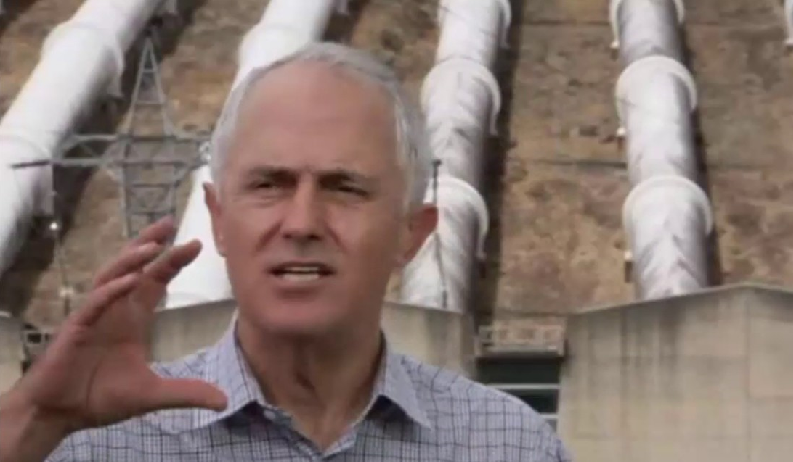
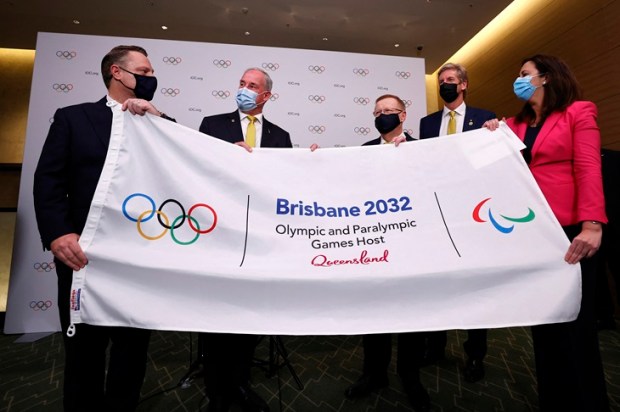


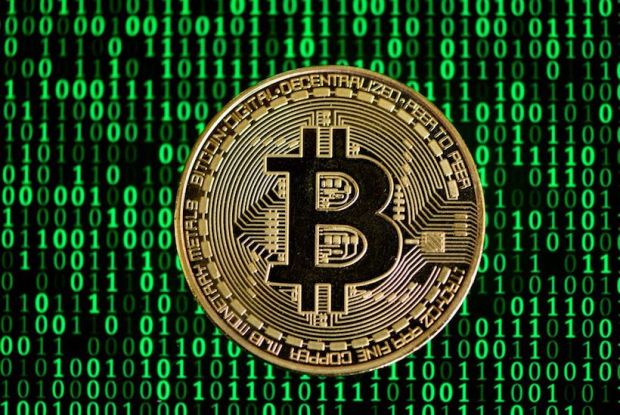
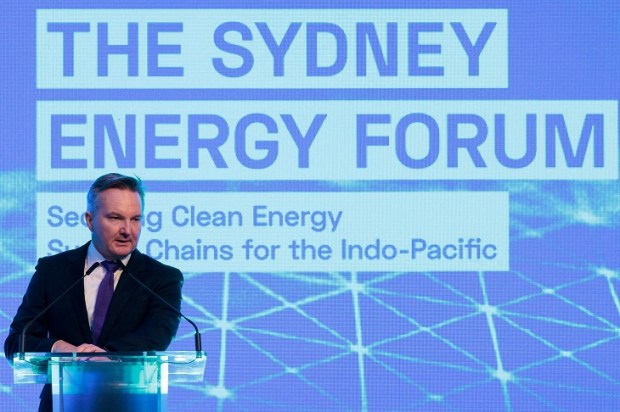
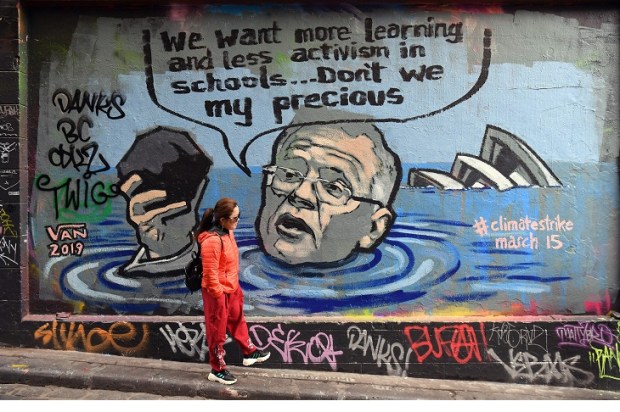


















Comments
Don't miss out
Join the conversation with other Spectator Australia readers. Subscribe to leave a comment.
SUBSCRIBEAlready a subscriber? Log in